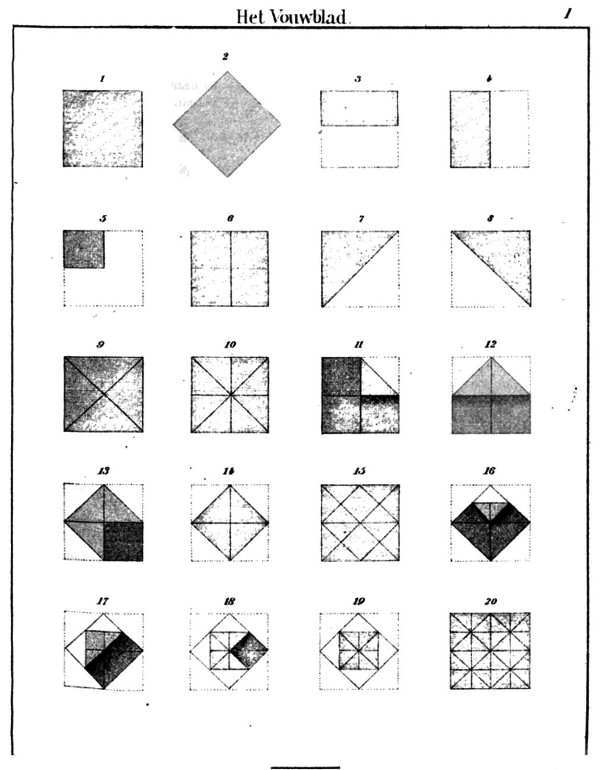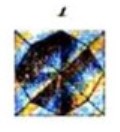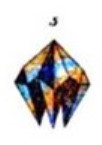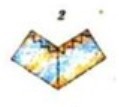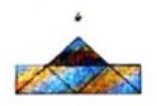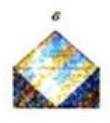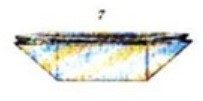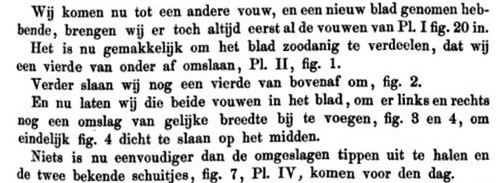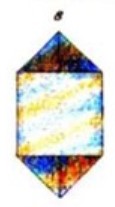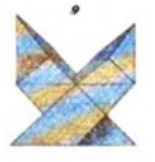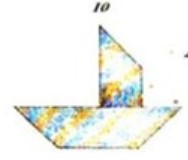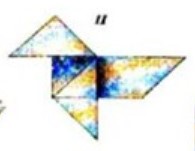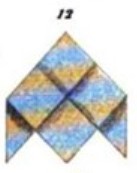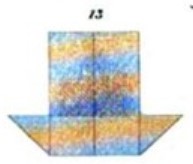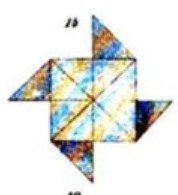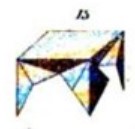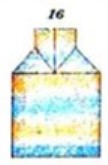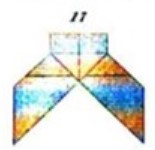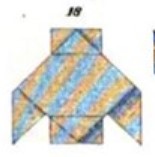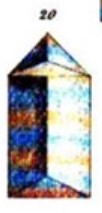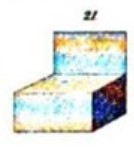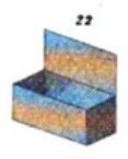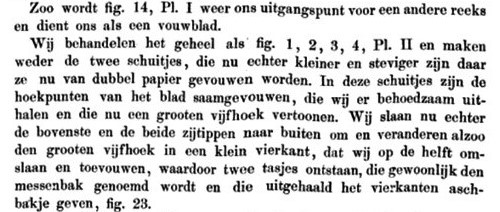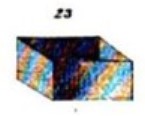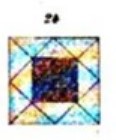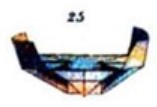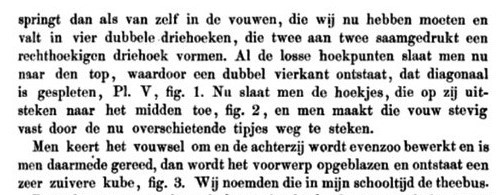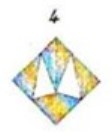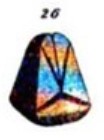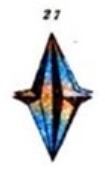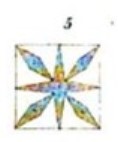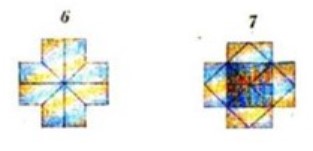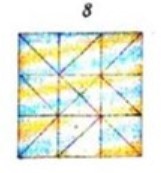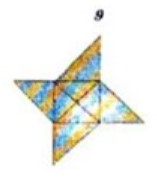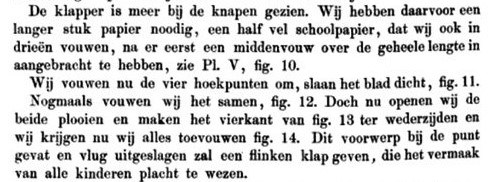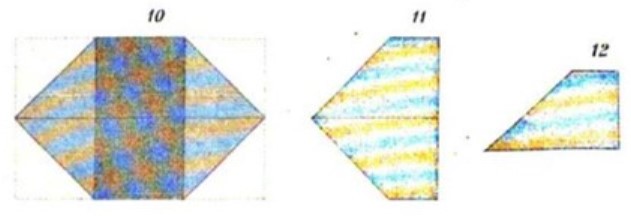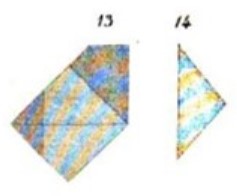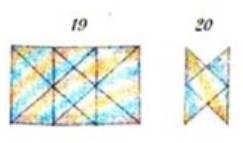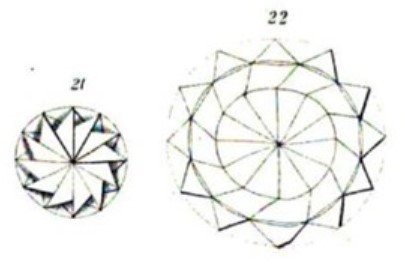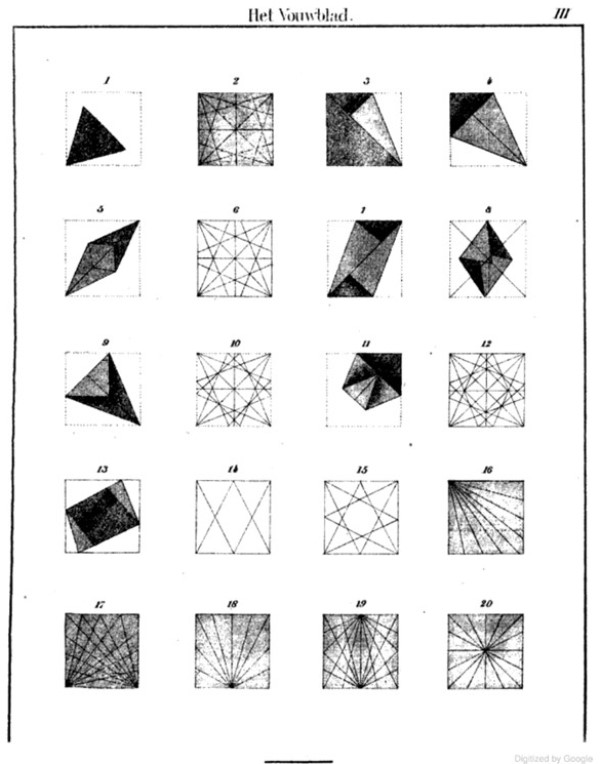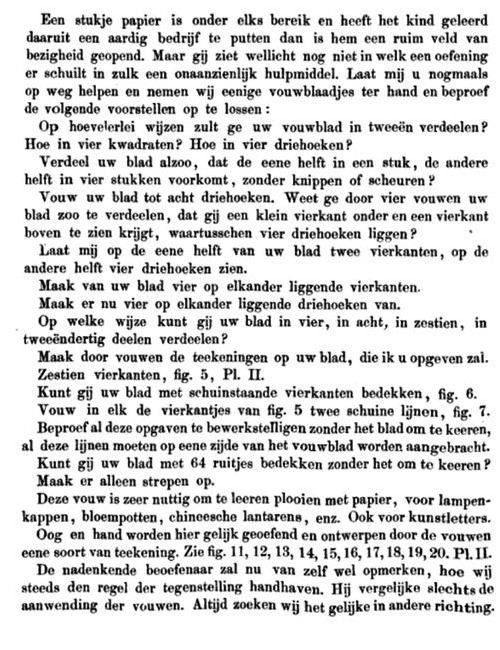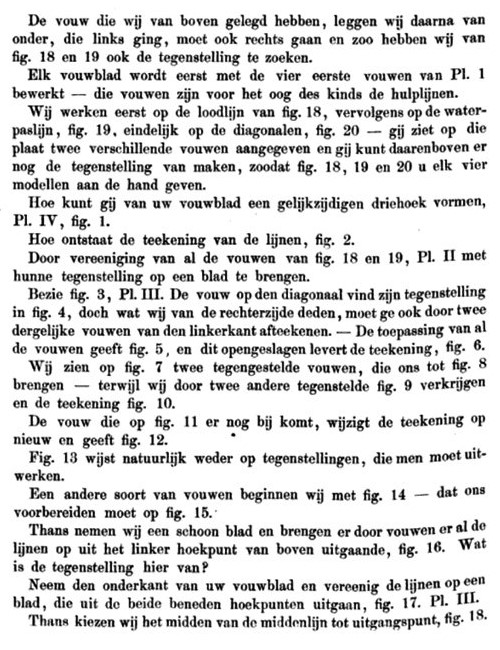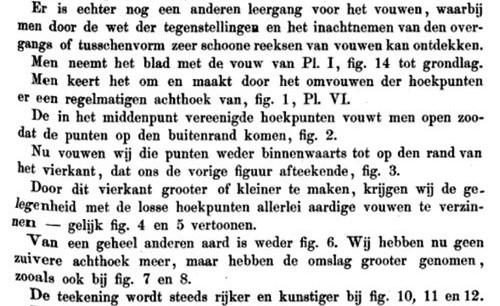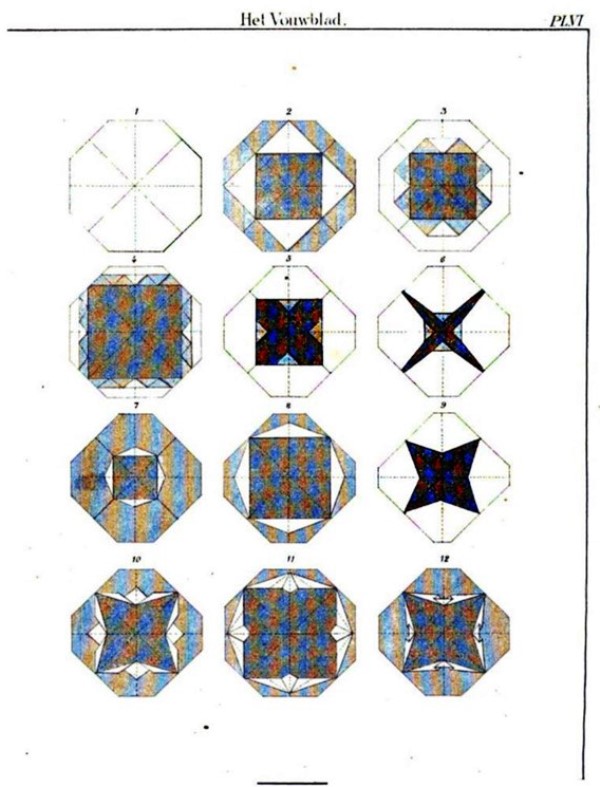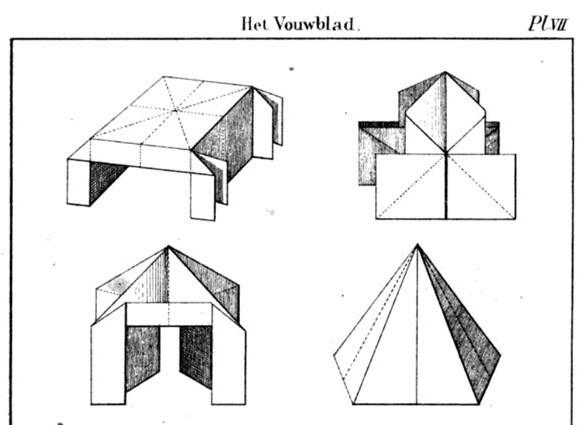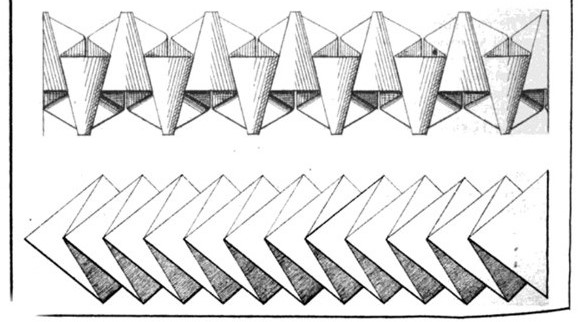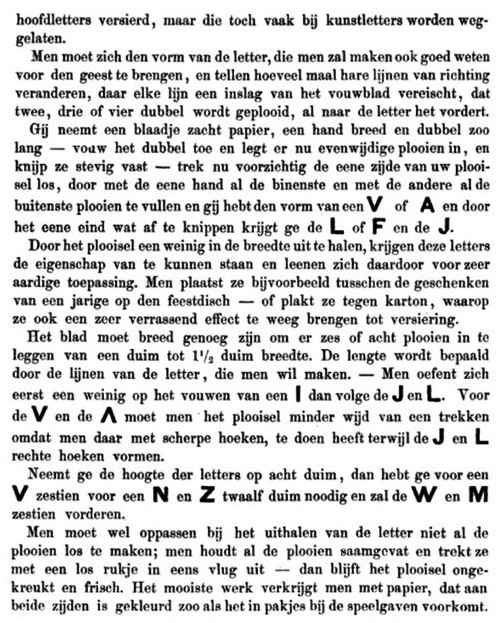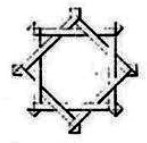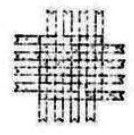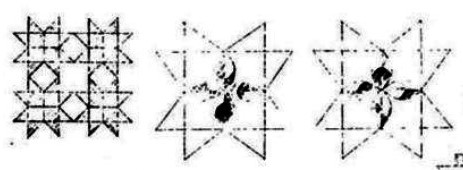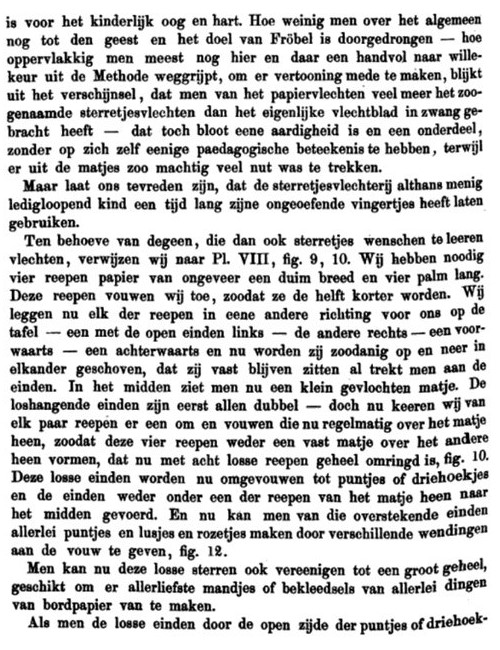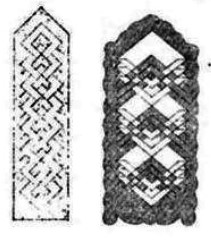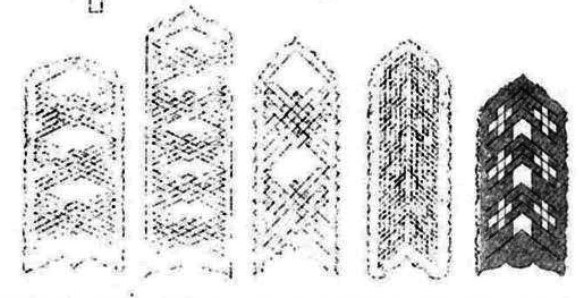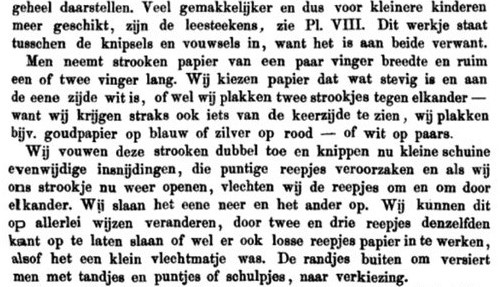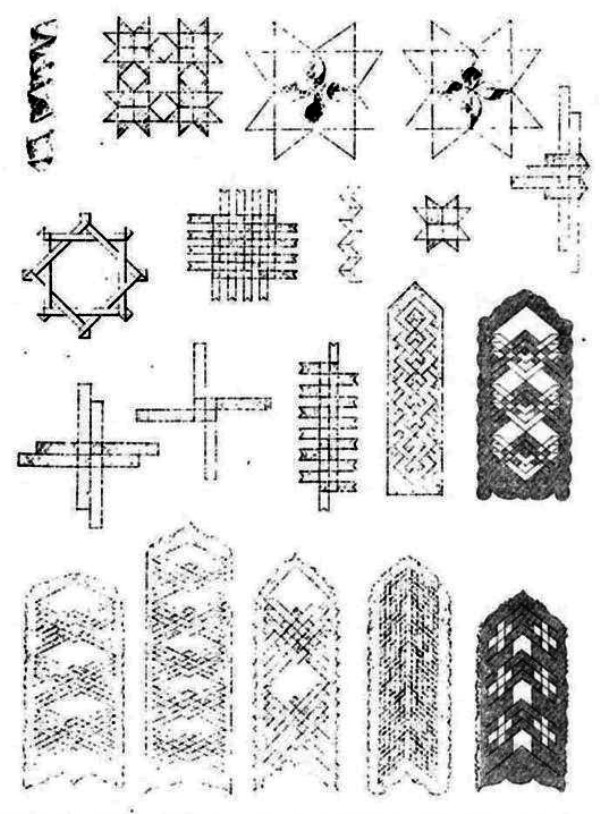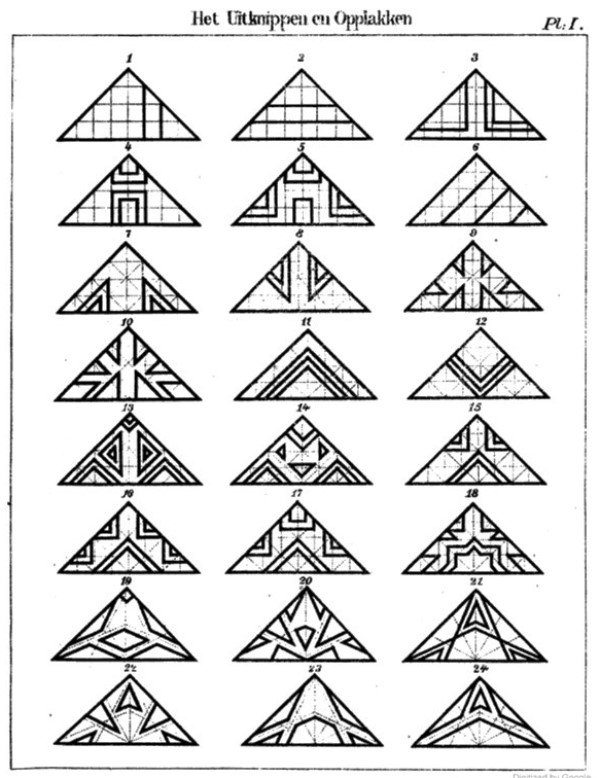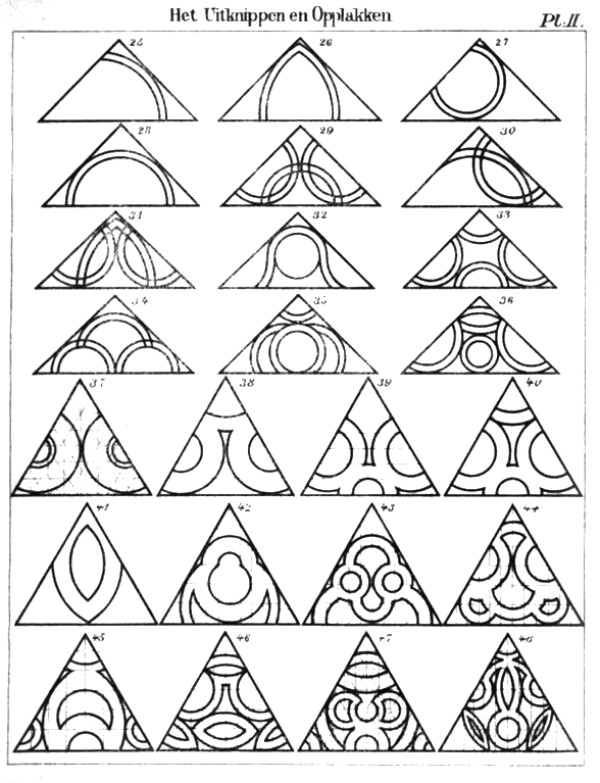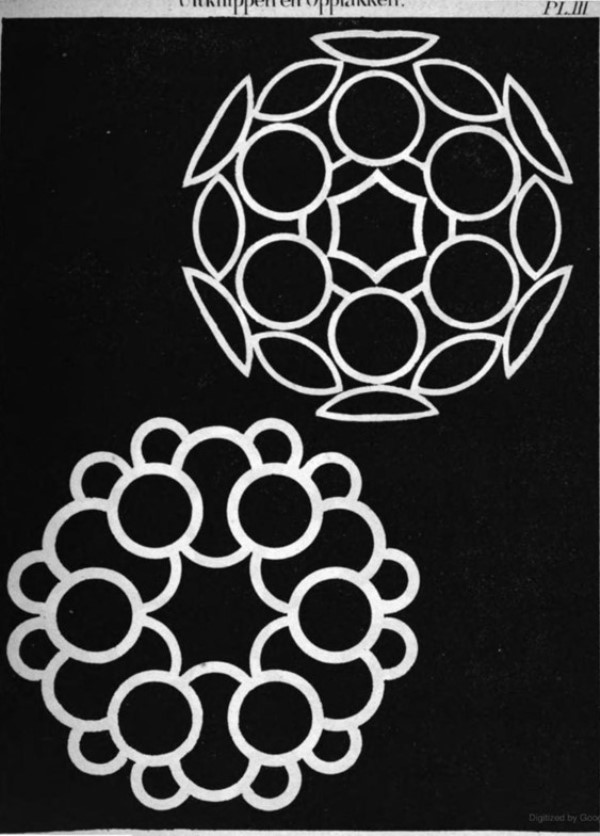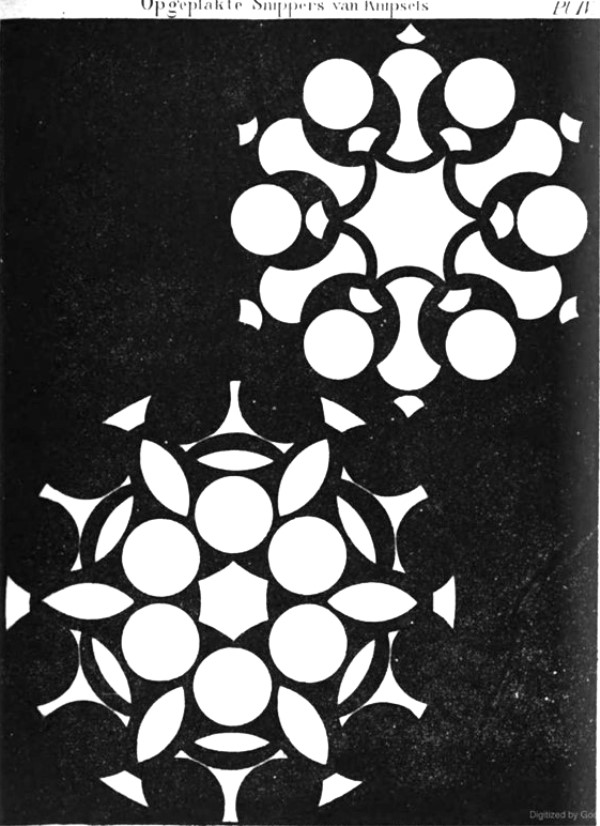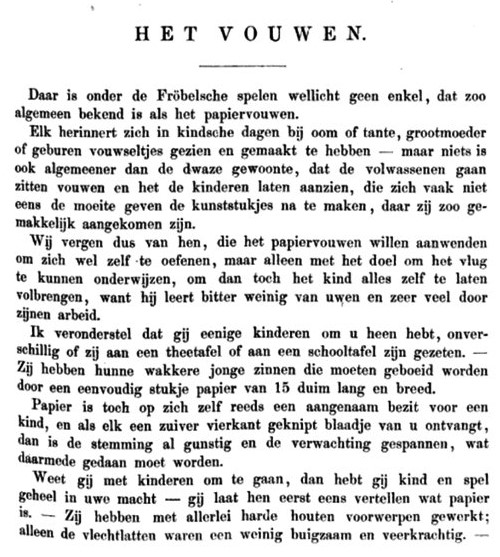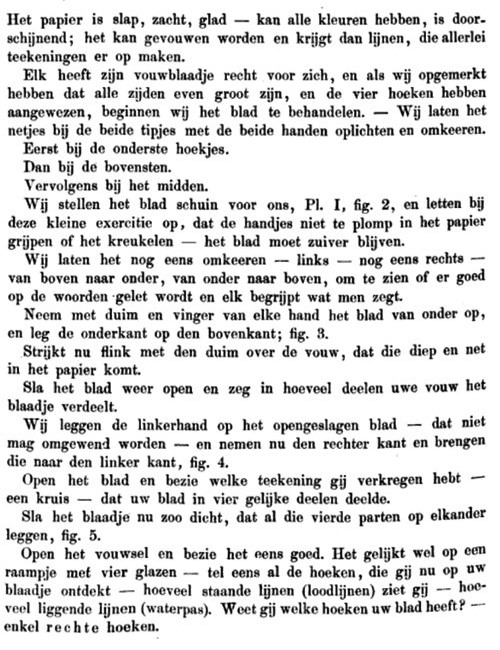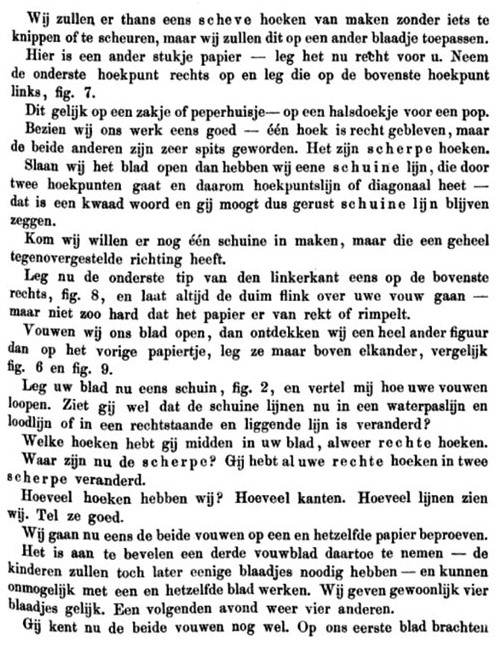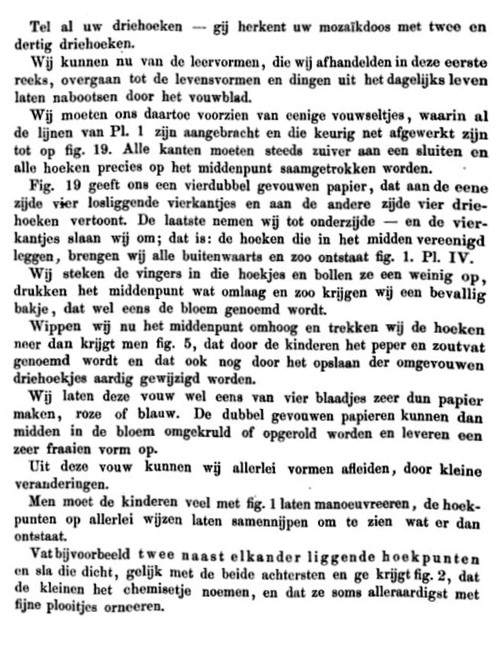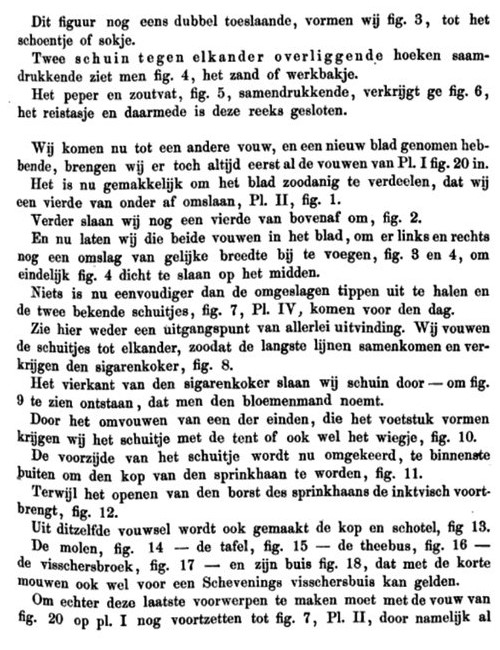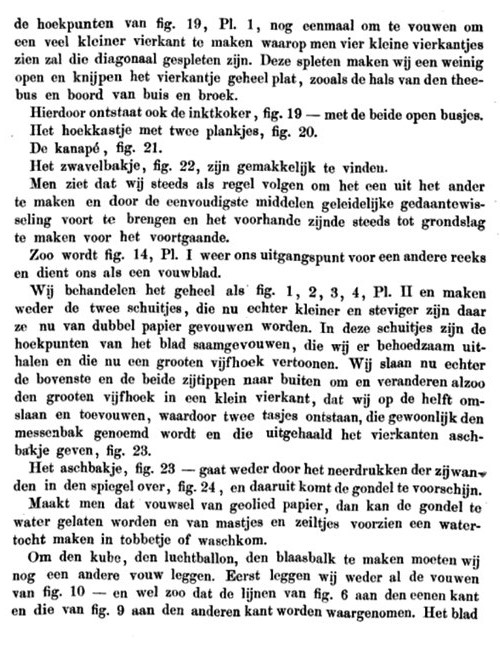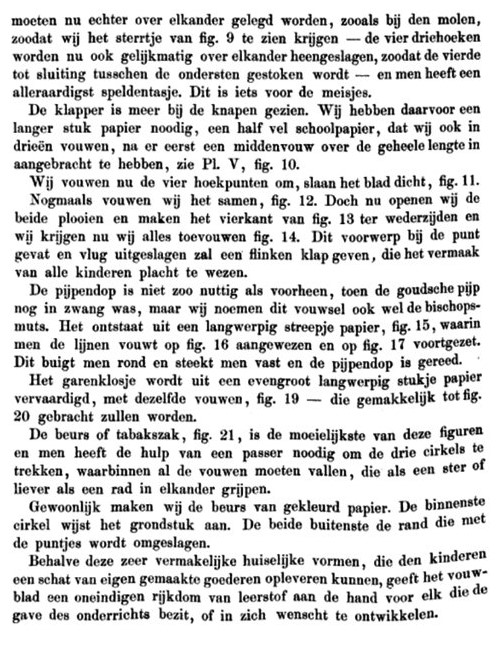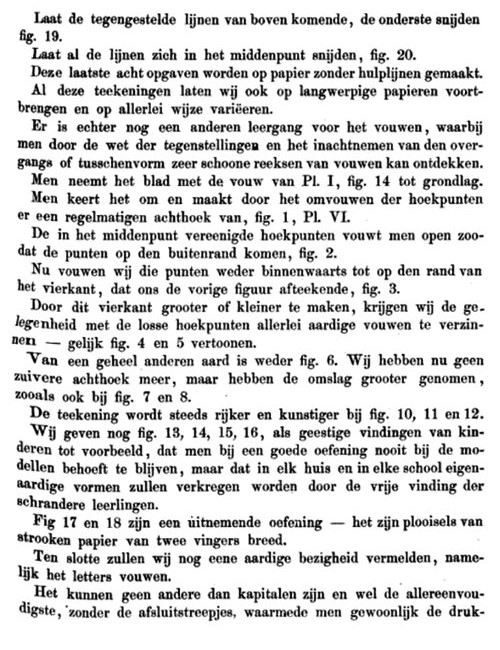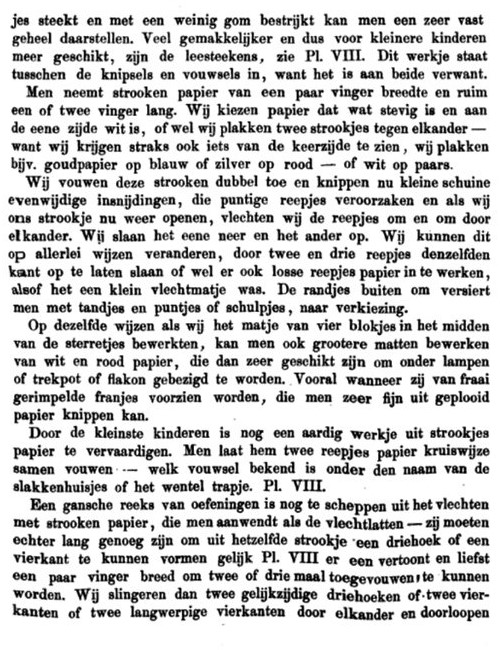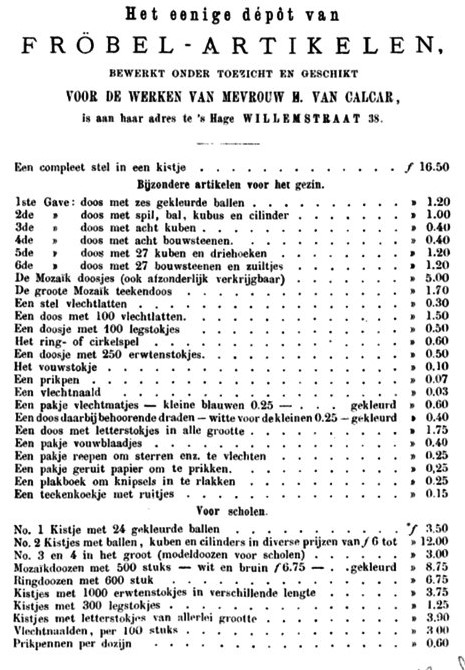| The Public Paperfolding History Project
Last updated 30/10/2025 x |
|||||||
| Froebels Methode by Elise Van Calcar, 1875 | |||||||
'Froebels Methode' by Elise Van Calcar was published in 1875. Under the heading of 'Basic Principles and General Overview' the author explains how she met Baroness von Marenholz-Bulow and came to be persuaded of the efficacy of the Froebelian method. The text of this section of the work is reproduced in full on the page about 'The Paperfolding of Baroness Bertha von Marenholz-Bulow'. The section about 'The Tools' gives the logical order in which the various gifts are introduced. About paperfolding it says:
There is a chapter about 'Het Vouwen' (The Folding). Information about weaving and braiding with paper appears in the chapter 'Het Papiervlechten' (The Paper Weaving). Information about Cutting Out and Mounting appears in the chapter 'Het Uitknippen, Scheuren en Opplakken' (Cutting Out, Tearing and Glueing On). The author's schema for the work is not always very clear and at times she seems to become distracted with adding in things which do not have particular relevance to the place they are found. The work also contains a price-list of Froebelian items available for purchase from the author. The majority of the illustrations previously appeared in the author's work 'De Kleine Papierwerkers', books 1, 2 and 4. A full copy of the work can be accessed online here. ********** In several places the author's comments make it clear that she sees paperfolding in the classroom as a creative process rather than one of sterile reproduction: In the section about Schonnheitsformen she comments ''we get the opportunity to invent all kinds of nice folds'. In the section about 'Witty Inventions of Children' she says, roughly translated: 'We also give figures 13, 14, 15 and 16 as witty inventions of children, as an example that in a good exercise one need never remain with the models but that in every home and in every school unique forms will be obtained through the free invention of the clever pupils.' **********
********** Analysis Het Vouwen (Paperfolding) Preliminary Folds and Simple Folds of Life My heading. Plate I illustrates a folding sequence that explores some of the properties of the folded square and ends, at figure 19, with the Double Blintz Basic Form. Some of the intermediate forms are given names / treated as Simple Folds of Life: Figure 6 is 'a window with four panes of glass'. Figure 7 is 'a bag, or a pepper shaker, or a scarf for a doll'. Figure 10 is 'a beautiful star' (the waterbomb base, made by folding the diagonals, turning over, folding the bisectors and then three-dimensionalising slightly). The author also refers to it as a 'pyramid'; and explains how to turn it inside out to create 'a flower' (the preliminary fold), then to press the top down to produce 'an umbrella' The authgor also explains how to then turn the figure into ;a bag with four pouches' and 'two large pouches' but I am not sure how these are achieved. Figure 12 is 'a little house'. Figure 13 is 'a letter envelope'.
********** Levensformen (Folds of Life) Bakje or Bloem (tray of flower) - The Flat Flower (From the Double Blintz Basic Form)
********** Peper en zoutvat (salt and pepper shaker) - The Salt Cellar and Pepperpot
********** Chemisetje - The Collar
********** Schoentje of sokje (shoe or sock) - The Sock
********** Zand of werkbakje (sand or worktray) - The Sandbox
********** Reistasje - The Travel Bag
********** Twee schuitjes - The Double Boat
********** Den sigarenkoker - The Cigar Case
********** Den bloemenmand (flower basket) - The Vase
********** Het schuitje met de tent / het wiegje (cradle) - The Boat with Sail
********** Den sprinkhaan (the grasshopper) - The Cocotte / Pajarita
********** De inktvisch (the cuttlefish) - The Squid
********** De kop en schotel - The Cup and Saucer
**********
********** De molen (the mill) - The Windmill
********** De tafel - The Table
********** De theebus - The Inkwell
********** De visschersbroek (fisherman's trousers) - The Trousers
********** De visschersbuis (fisherman's jacket) - The Jacket
**********
********** De inktokter - The Steamship
********** Het boekastje mit twee plankjes - The Corner Cabinet
********** De kanape - The Bench
********** Het zwavelbakje (the sulphur box) - The Sulphur Box It is not clear to me how this design is to be folded.
********** Twee schuitjes - The Double Boat folded from a blintzed square. Den messenbak (the knife tray) - a version of The Portfolio, Het aschbakje (the ashtray) - The Junk Box The following paragraph describes a sequence of designs which begins with 'twee schuitjes', ie The Double Boat folded from a blintzed square. One internal flap is pulled out and the three corners are folded backwards. The resulting rectangular flap is also folded backwards. Repeating this on the other half produces 'den messenbak' (the knife tray), a version of The Portfolio, which can then be three-dimensionalised to produce het aschbakje (the ashtray), The Junk Box. Note that in the illustration the handles are not visible since they are folded down.
********** Den spiegel - The Mirror De gondel - The Chinese Junk
********** Den kube - The Waterbomb The author states that 'in my schooldays we called this den theebus' (the tea caddy)'
********** Den luchtballon - The Hot Air Balloon
********** De blassbalk - The Bellows
********** The Cross Star / The Cross The text does not refer to these designs by name but simply says that 'The folds 5,6,7 can also be varied in many ways'. However, the illustrations are clearly of The Cross Star / The Cross.
********** Een gesloten tasje (closed bag) - The Puzzle Purse
********** De klapper - The Paper Banger
********** De pijpendoop / bischopsmuts - The Pipe Cap
********** Het garenklosje (yarn spool) - The Yarn Spool This design begins in the same way as The Pipecap.
********** De beurs of tabaksak (the tobacco pouch) - The Tobacco Pouch
********** Geometric Paperfolds My heading. This section of the work is a miscellany of geometric paperfolds which do not have a clear pattern or purpose. They are not presented as Erkenntisformen. Plate II Pictures 1 to 4 show how to produce Koehler's Groundform, although this groundform is not mentioned or used in the work. Pictures 4 to 9 show various folded grids. Picture 10 shows the creases pattern of a pleated square. About picture 10 the text says: 'This fold is very useful for learning to fold paper, for lampshades, flowerpots, Chinese lanterns etc. It also works well for creating artistic letters.' Figures 18 to 20 use 30/60 degree folding geometry.
*********** Plate III Figure 1 shows how to construct an equilateral triangle. Figure 2 shows the crease pattern if both 30/60 degree creases are made on all sides. Figures 3 to 7 are made using 22.5 degree folds. Figure 8 appears to me to be misdrawn. Figure 9 shows how to obtain an isosceles triangle and figure 10 the creases pattern obtained by repeating it in all four possible positions. Similarly figures 11 and 12. It is not clear how figure 13 is to be constructed. Figures 14 to 20 show other possible crease patterns, mostly using radial creases. The final sentence says: 'We also have all these drawings made on oblong paper'.
********** Schonnheitsformen (Folds of Beauty) All these designs are made from octagons (regular and irregular). The term Schonheitsformen is not used. The author comments about pictures 4 and 5 'we get the opportunity to invent all kinds of nice folds'.
********** Witty Inventions of Children This sections says, roughly translated: 'We also give figures 13, 14, 15 and 16 as witty inventions of children, as an example that in a good exercise one need never remain with the models but that in every home and in every school unique forms will be obtained through the free invention of the clever pupils.' (Note that the figures nos are missing from the Plate.)
********** Strip Folding This wording roughly translates as 'Figs 17 and 18 are an excellent exercise in folding from strips of paper two fingers wide.' No other context for these designs is given.
********** Paper Letters This section explains how to make a number of capital letters from pleated paper, sometimes transforming one into another by cutting off part of the paper.
********** Het Papiervlechten (The Paper Weaving) - Braiding De slakkenhuisjes (the snail shell) or Het wentel trapje (the spiral staircase) - The Witch's Ladder
********** Vlechten mit stroopen papier - Verschnuren Inter alia this section says: 'To form the corners we use the familiar fold with which we used to fold small, narrow notes' ie The Love Knot Letterfold.
********** Matten (mats) - Free Weaving
********** Single Strip Folding - Borders and Corners
As far as I can see there is no reference to this figure in the text. ********** Sterretjesvlechten (Star Weaving) - The Paper Rosette The author first denigrates the popularity of this type of weaving, roughly translated: 'How little the spirit and purpose of Frobel have generally been grasped ... is evident from the fact that, far more than the actual weaving-sheet, the so-called star-weaving has become popular ... This is merely a pleasantry and a component, without any pedagogical significance in itself ...', but then goes on to explain how it is done and how individual rosettes can be joined together to make larger structures 'suitable for making the cutest little baskets or coverings for all kinds of cardboard items.'
********** Leesteekens (punctuation marks) - Fold, Cut and Fold Chevron Designs
**********
********** Het Uitknippen, Scheuren en Opplakken (Cutting Out, Tearing and Glueing On) (ie Ausschneiden und Aufkleben) This section shows how to create symmetrical cut and fold designs from square and hexagonal paper.
********** Selected Pages
**********
********** |
|||||||



